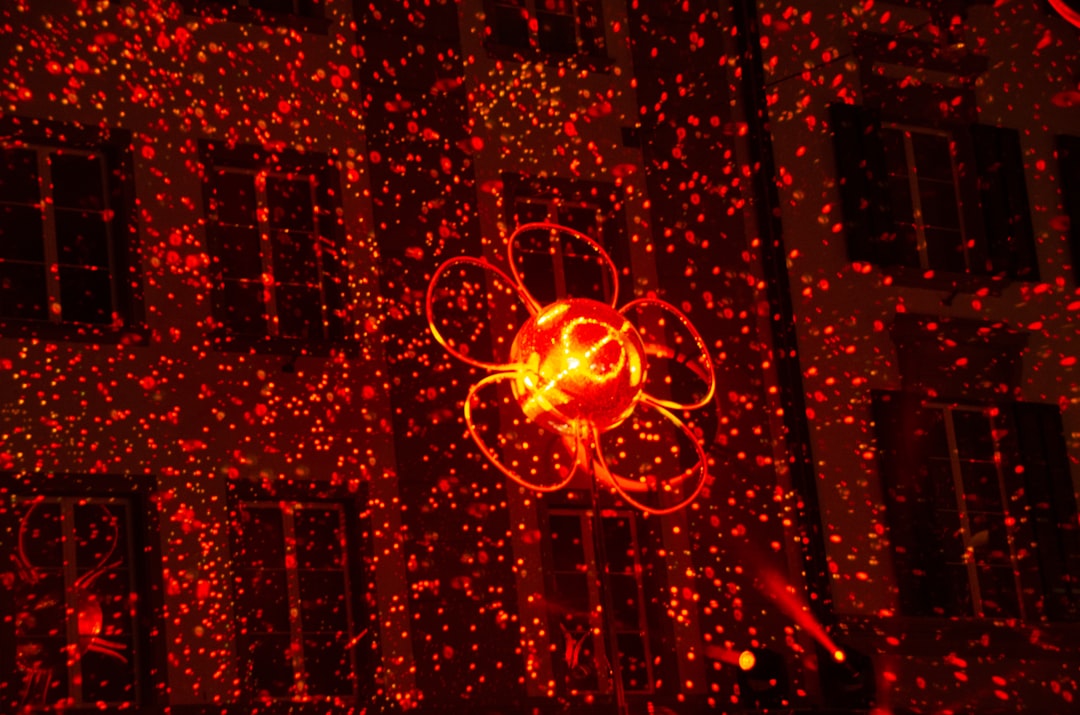What is it about?
Dynamic x-ray imaging provides real-time visualization of the behavior of shocked materials. However, extracting quantitative measures of shocked material properties from x-ray images has been challenging because of the non-linear nature in which their intensity values are related to the material properties. We designed an algorithm to unravel the non-linear nature to measure two properties of shocked materials: (1) mass density and, (2) direction of the traveling shock waves. Importantly, our algorithm is able quantify the accuracy and precision of these measurements, which is important in developing high fidelity computational models for shocked materials.
Featured Image

Photo by Y S on Unsplash
Why is it important?
As our world pushes for interplanetary explorations, clean renewable energy, and global security, designing materials that can operate under extreme shock becomes vitally important. A global explosion of extremely bright x-ray sources in the last decade has made possible the study of shocked materials using dynamic x-ray imaging. It has increased our fundamental understanding of how shocked materials behave at the atomic to mesoscale. While the insight that dynamic x-ray imaging provides into shocked materials has been invaluable, it is only when we quantify their behavior that we can accurately design new materials to the desired performance. Our software of measuring two such behaviors of shocked materials (density and direction of propagating shock wave) is an important addition to a collection of software being developed by others for measuring the behavior of materials in extreme conditions from x-ray images.
Perspectives
When developing a software that can make quantitative measurements from experimental data, you need some way to validate the software. It took my team 3 years of cross-checking with our experimental method and material modeling, but we finally were able to validate our software!
Andrew Leong
Read the Original
This page is a summary of: Quantitative x ray phase contrast imaging of oblique shock wave–interface interactions, Journal of Applied Physics, November 2023, American Institute of Physics,
DOI: 10.1063/5.0174086.
You can read the full text:
Contributors
The following have contributed to this page










